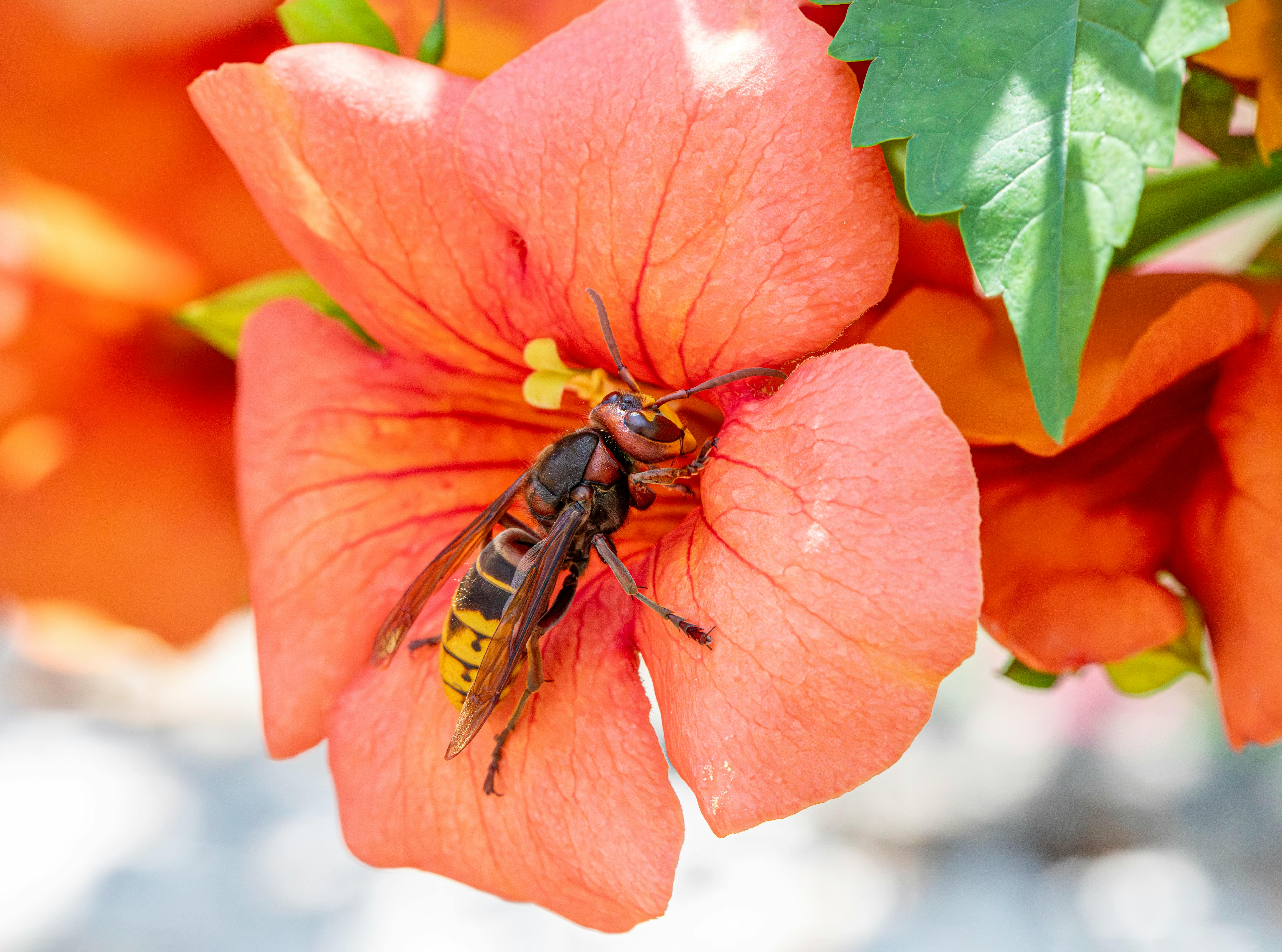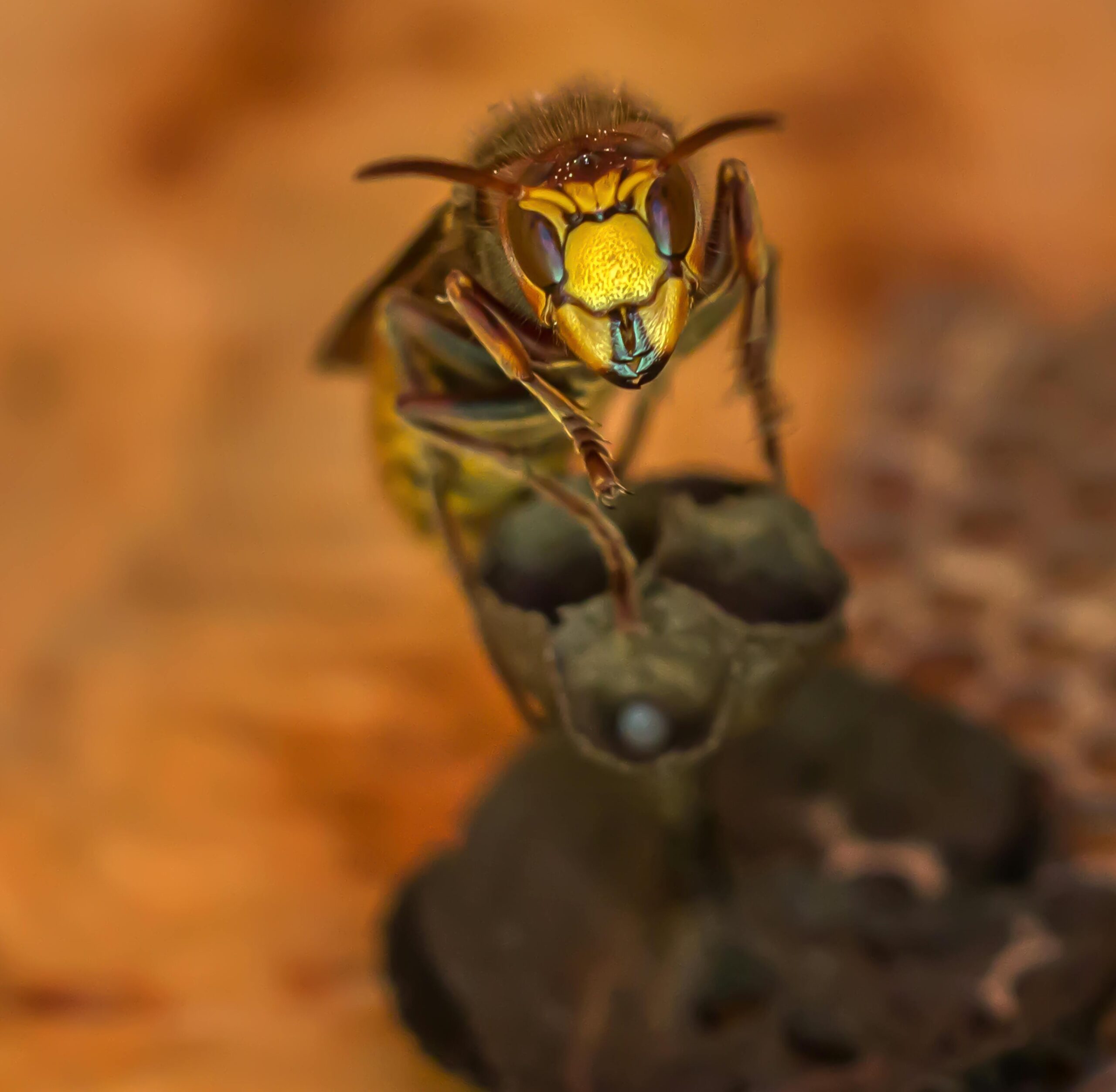Hornissennest: Everything You Need to Know
Understanding Hornissennest Habitats
Hornissennest, or the hornet’s nest, is an incredible structure made by social wasps known as hornets. These nests are typically built in tree cavities, attics, or even underground. A mature hornissennest can house thousands of hornets, which are known for their protective nature. The architecture and material of the nest, primarily made from chewed wood fibers mixed with saliva, give it a papery texture and make it highly resilient against external threats. The presence of a hornissennest is often a sign of a thriving ecosystem, as these insects play an important role in pest control.
Species of Hornets and Their Nests
There are several species of hornets, each with unique nesting behaviors and preferences. The most prominent include the European hornet and the Bald-faced hornet, recognizable by their distinct color patterns. European hornets favor larger nests that can be found in trees. In contrast, Bald-faced hornets build their nests in more exposed areas, often visible from a distance due to their large, round shape. Understanding these species is crucial for anyone dealing with a hornissennest in proximity to their home.

Hornissennest Characteristics
The construction of a hornissennest involves a complex social structure. Worker hornets gather materials to construct the nest, creating a layered, circular design that offers protection from predators and weather conditions. The inner cells of the nest function as nurseries for the larvae, while the outer shell serves as a defensive barrier. Analyzing the architecture, one can learn how these social insects organize and protect their colonies. Each aspect of the hornissennest is meticulously designed, showcasing the remarkable engineering skills of hornets.
The Lifecycle of Hornets in a Hornissennest
The lifecycle of hornets is fascinating and involves several stages: egg, larva, pupa, and adult. Once the queen establishes a nest, she lays eggs which then hatch into larvae. These larvae are fed by the worker hornets until they mature into adults. The growth within a hornissennest follows a seasonal pattern. In spring, the hive is bustling with activity, while in autumn, many hornets die off, leaving the queen to hibernate alone, starting the cycle again. Recognizing these stages and their timing can assist individuals in managing nearby hornissennest issues more effectively.
Behavioral Patterns of Hornets
Understanding hornet behavior is crucial for safety when encountering a hornissennest. Hornets are protective of their nests, especially during the late summer months when the colony is at its peak size. They can become aggressive if they feel threatened. However, during colder months, they are generally less active. If you encounter a hornissennest, it’s essential to approach with caution and to avoid disturbing the area to prevent provoking these insects.
Risks and Benefits of Hornissennest Colonies
While hornets can pose risks to humans, they also provide numerous ecological benefits. They are natural pest controllers, helping to regulate populations of flies and other harmful insects. However, individuals allergic to hornet stings may face significant health risks. If you find a hornissennest on your property, weighing the benefits against the potential dangers is vital. Seeking professional pest control advice is recommended to handle the situation safely.
How to Safely Remove a Hornissennest
Removing a hornissennest should be approached with caution to avoid triggering a defensive response from the hornets. If you decide that action is necessary, it’s best to consult with pest control experts who have experience with such removals. If you plan to do this yourself, ensure you take the right safety measures: wear protective clothing, work at dawn or dusk when hornets are less active, and use insecticides designed for wasps. Always have an escape route planned in case the hornets become aggressive.
Steps for DIY Hornissennest Removal
- Gather protective gear, including long sleeves, gloves, and a veil if available.
- Select an appropriate insecticide designed for wasp and hornet control.
- Approach the hornissennest cautiously during low activity hours (dawn or dusk).
- Apply the insecticide directly into the nest entrance and retreat to a safe distance.
- Inspect the nest after a couple of days to ensure all hornets have been eliminated.
Following these steps minimizes the risk of being stung and ensures safe removal of the nest. Remember, if you’re unsure or concerned about safety, professional assistance is always advisable.
What to Do After Removal
After a hornissennest has been removed, it’s crucial to clean the area thoroughly to deter any returning hornets or other insects from establishing a new nest. Dispose of the remains of the nest safely, and consider sealing any gaps or entry points around your home to prevent future nesting. Regular inspections during the active months can help catch new hornissennests early. This proactive approach can save a lot of trouble in the future.
Key Takeaways
- The hornissennest is an intricate structure crucial for the lifecycle of hornets.
- Understanding the species and behavior of hornets can aid in managing nests safely.
- While hornets can pose risks, they also offer benefits like pest control.
- Professional pest control services are the safest option for hornissennest removal.
- Post-removal cleaning and preventative measures are essential to deter new nests.
FAQ
1. Why are hornets attracted to my property?
Hornets are generally attracted to areas that provide food sources and nesting sites. If your property has flowering plants, fruit trees, or exposed trash, it might draw in hornets. Additionally, shaded areas like under eaves or trees are ideal for nest construction. Keeping these areas clean and free from attractions reduces the likelihood of a hornissennest forming.
2. How can I prevent hornets from nesting on my property?
To prevent hornets from nesting, regularly check your property for signs of nests, especially during the springtime when they begin constructing. Seal any cracks or gaps in your home’s exterior, and keep food sources secured. Removing standing water can also deter hornets as they need it for certain lifecycle stages.
3. Are hornet stings dangerous?
For most people, hornet stings are painful but not life-threatening. However, individuals allergic to insect stings can experience severe reactions, which may require immediate medical attention. It’s essential to recognize signs of an allergic reaction, like difficulty breathing or swelling, and to consult a medical professional if they occur.
4. Is it safe to live near a hornissennest?
Living near a hornissennest can be safe as long as you are cautious and aware of your surroundings. Monitoring the nest and avoiding direct disturbance can prevent hostile interactions. However, if you or anyone in your household has a severe allergy to hornets, seeking professional removal is recommended.
5. What happens to hornets in winter?
In winter, most hornets die, leaving only the fertilized queens to hibernate until spring. These queens emerge to establish new colonies, laying eggs and starting the lifecycle anew. Knowing this can help demystify hornet activity and reduce fears associated with hornissennests as the colder months approach.
6. How long does it take to remove a hornissennest?
The removal time for a hornissennest can vary depending on the size of the nest and the method used. Generally, a professional removal could take a few hours, while DIY methods may require waiting a few days for effectiveness after applying insecticides. Planning and patience are essential for safe removal.
